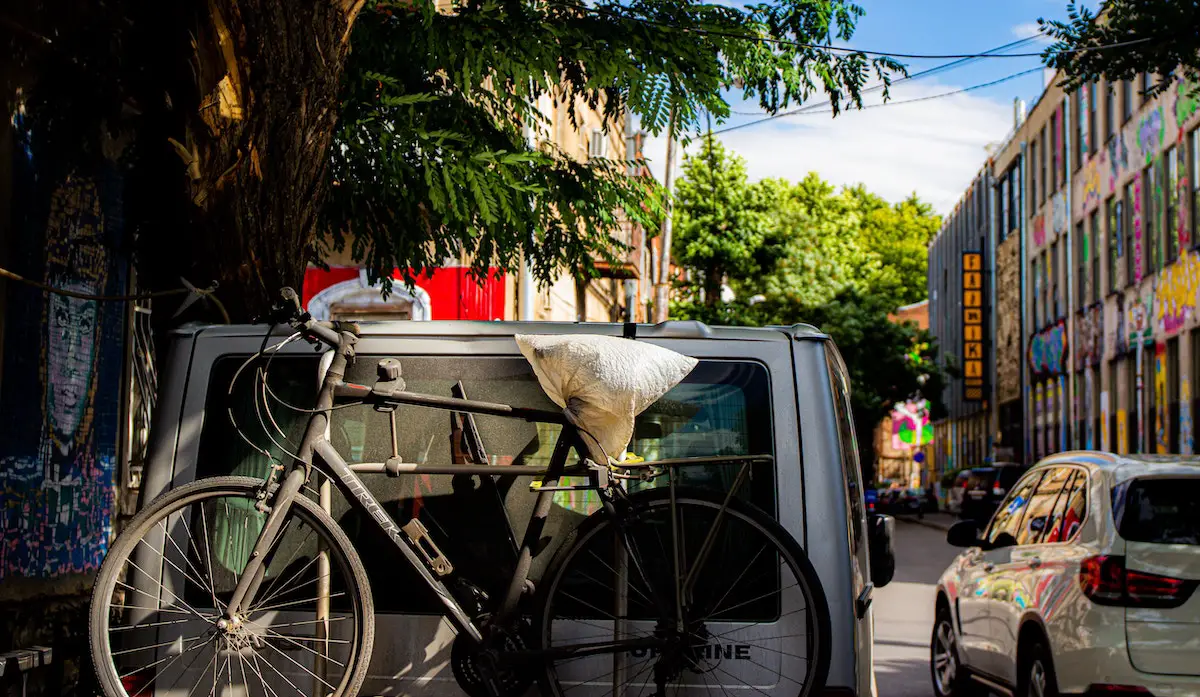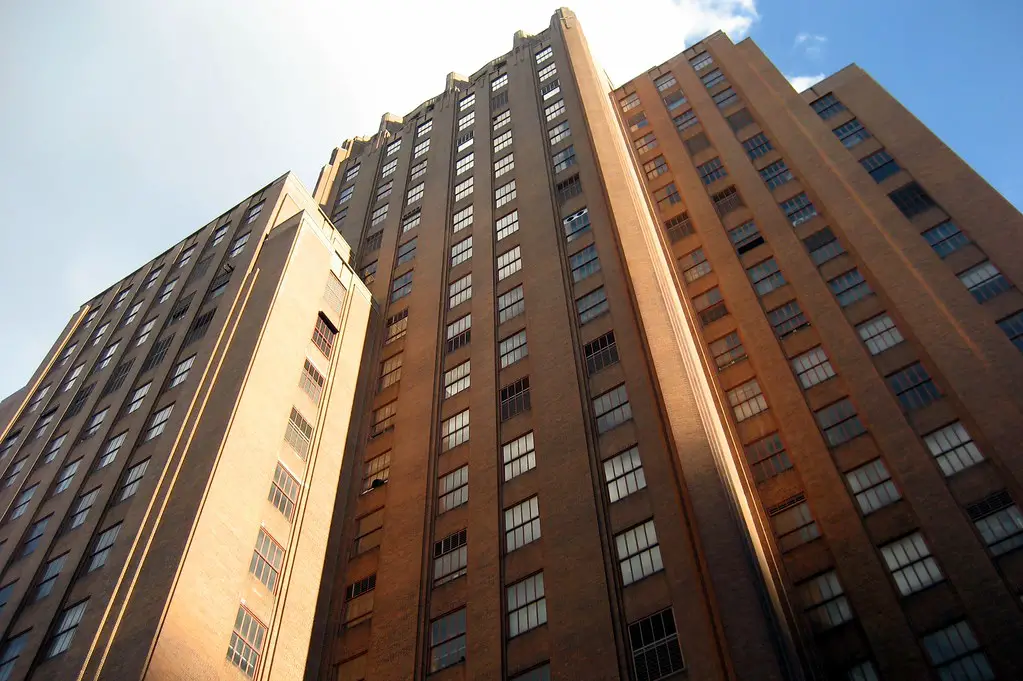Britain has its Victorian terraces, America its suburbs, and China its courtyard housing – a building style considered by many to be the epitome of Chinese architecture. As south-east China undergoes rapid urbanisation, skyscrapers and megacities are emerging faster than many predicted, yet despite this shift to a dense built environment, courtyard housing remains as prominent as it has done for centuries.
These courtyard residences have been popular in China since the Yuan dynasty some 800 years ago, so what is it about their design that has generated such prolonged success? Whilst each building differs, similar design elements exist within each one, mainly functioning to provide privacy to those living within. Most courtyard houses are designed so that the building’s internal features aren’t visible when looking through the front gate, and often feature a brick screen in the entrance area to further block views. This, combined with a lack of windows on outside facing walls, means residents of courtyard housing have excellent levels of privacy.
Chinese architectural firm Pei Zhu consider privacy to be one of the most important elements of courtyard housing. Their recent project in Beijing (pictured above) involved converting a 200 year old courtyard house into a contemporary home suitable for the lifestyle of a modern Chinese family. At the same time, respecting the heritage of the building was critical.

By restoring the ancient materials used in the building and introducing glass walls, Pei Zhu were able to visually emphasise the history of the building, increase the prominence of the courtyard, and inject a modern feeling into a building two centuries old.

This architectural form is also gaining popularity outside of its country of origin. Australian firm Chenchow Little Architects recently built a modern courtyard house, yet, unlike Pei Zhu it was an entirely new building. The u-shaped design of their Szirtes House (pictured above) pays tribute to the Asian architecture that inspired it, and also features a Japanese maple tree in the central courtyard. Floor to ceiling windows throughout the internal walls allow the owners to keep an eye on their children wherever they are in the building.

Pei Zhu and Chenchow Little Architects have both been able to create modern, functional buildings that take their inspiration from an ancient design, and both buildings are perfect examples of why one of China’s oldest architectural styles remains just as relevant today as it did during the Yuan dynasty.
Top photo: Renato


